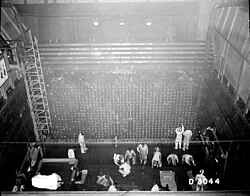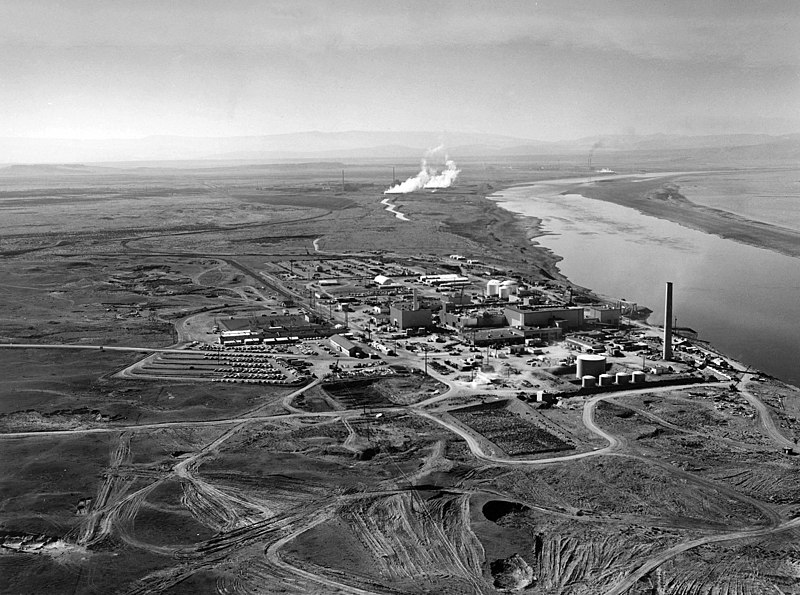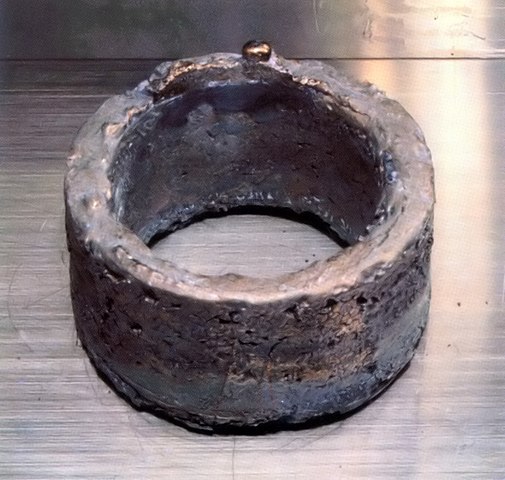Arline Greenbaum Updated 2025-07-16
Feynman's first wife, previously his local-high school-days darling. Feynman was like an reversed Stephen Hawking: he married his wife knowing that she had a serious illness, while Hawking's wife married him knowing that as well. Except that in Feynman's case, the disease outcome (tuberculosis) was much more uncertain, and she tragically died in 1945 much earlier while Feynman was at Los Alamos Laboratory, while Hawking, despite his decline, lived much longer.
Feynman first noticed Arline on the beaches on the region of his home in Far Rockaway, in the Queens, New York, near Long Beach. She lived a bit further inland in Cedarhurst. Arline was beautiful and boys competed for her, but Richard persisted, stalking her at an after-school social league sponsored by the local Synagogue and joining an art class she went to, until he eventually won it out. The region was highly Jewish, and both were from Jewish families, as also suggested by their family names.
Reading about her death e.g. at Genius: Richard Feynman and Modern Physics by James Gleick (1994) is a major tearjerker, it's just too horrible. The book mentions on chapter "The Last Springtime" that at last, during the last months of her life, after much hesitation, they did fuck in the sanatorium Arline where was staying at in Albuquerque, the nearest major city to Los Alamos (154 km), despite the risk of Feynman being infected, which would be particularly serious given that Feynman would be in constant contact with students and possibly infect others as part of his career as a researcher/teacher. Feynman would visit her on weekends by bus, and stay in Los Alamos during the week.
Arline finally died on June 16th 1945, exactly one month before the Trinity nuclear test was carried out. The atomic bombings of Hiroshima and Nagasaki were a little later on 6 and 9 of August 1945.
On one of his last trips to Oak Ridge town late 1945, after her death, Feynman walked past a shop window and saw a pretty dress. He thought to himself, "Arline would have liked that", and the reminder made him cry for the first time after Arline's death.
It is even sadder to think that the first antibiotics for tuberculosis, streptomycin, finished its first major clinical trial at around 1948, not long after her death.
Ciro Santilli considers this tragedy a cause of Feynman was a huge womanizer during a certain period of his life.
Richard Feynman with his first wife Arline Greenbaum
. Source. TODO date, location, original source.Abacus scene from the film Infinity (1996)
Source. The film suggests that Feynman and Arline fucked a lot before the final Los Alamos fuck, that fuck story from book being only "fuck after tuberculosis diagnosis", after which they had to slow it down a bit.
This is likely true given how long they had been together for at that point. Ciro Santilli is such a pure soul for not having thought that! They were not very conservative at all those two.
Also their wedding got slowed down because there was a clause in Feynman's scholarship at Princeton University stating that the recipient could not be married, those were different times altogether.
B Reactor Updated 2025-07-16
This was the first full scale nuclear reactor in the world, and was brought up slowly to test it out.
Hanford B Reactor tour by Studio McGraw
. Source. 2016.- youtu.be/8rlVHEY7BF0?t=335 good description of the fuel element. It uses uranium metal, not Uranium dioxide
- youtu.be/8rlVHEY7BF0?t=652 N Reactor and F Reactor were identical, and came up 2 months later, but much faster because of what they learned on the B
Hanford site Updated 2025-07-16
The B Reactor of the facility produced the plutonium used for Trinity and Fat Man, and then for many more thousand bombs during the Cold War. More precisely, this was done at
Located in Washington, in a dry place the middle of the mountainous areas of the Western United States, where basically no one lives. The Columbia river is however nearby, that river is quite large, and provided the water needed by their activities, notably for cooling the nuclear reactors. It is worth it having look on Google Maps to get a feel for the region.
Unlike many other such laboratories, this one did not become a United States Department of Energy national laboratories. It was likely just too polluted.
Bibliography:
Nuclear reactor Updated 2025-07-16
Some of the most notable ones:
- 1942: Chicago Pile-1: the first human-made nuclear chain reaction.
- 1943: X-10 Graphite Reactor: an intermediate step between the nuclear chain reaction prototype Chicago Pile-1 and the full blown mass production at Hanford site. Located in the Oak Ridge National Laboratory.
- 1944: B Reactor at the Hanford site produced the plutonium used for Trinity and Fat Man
Nuclear weapon Updated 2025-07-16
A weapons-grade ring of electrorefined plutonium, typical of the rings refined at Los Alamos and sent to Rocky Flats for fabrication
. Source. The ring has a purity of 99.96%, weighs 5.3 kg, and is approx 11 cm in diameter. It is enough plutonium for one bomb core. Which city shall we blow up today?Ciro Santilli is mildly obsessed by nuclear reactions, because they are so quirky. How can a little ball destroy a city? How can putting too much of it together produce criticality and kill people like in the Slotin accident or the Tokaimura criticality accident. It is mind blowing really.
More fun nuclear stuff to watch:
- Dr. Strangelove (1964)
- en.wikipedia.org/wiki/Chernobyl_(miniseries)
- The World Of Enrico Fermi by Harvard Project Physics (1970)
- Fat Man and Little Boy (1987) shows a possibly reasonably realistic of the history of the development of the Trinity
The Ultimate Guide to Nuclear Weapons by hypohystericalhistory (2022)
Source. Good overall summary. Some interesting points:- youtu.be/8uIPQBOCJ64?t=2946 talks about the difference between tactical and strategic nuclear weapons
- youtu.be/8uIPQBOCJ64?t=3291 mentions variable yield devices, this is the main new thing Ciro Santilli learned from this video
- youtu.be/8uIPQBOCJ64?t=3416 discusses if a strategic nuclear weapon usage would inevitably lead to tactical nuclear weapon escalation. It then mentions one case in which a possibly comparable escalation didn't happen: the abstinence of using chemical weapon during World War II.
Trinity (nuclear test) Updated 2025-07-16
Plutonium-based.
Its plutonium was produced at Hanford site.
Trinity: Getting The Job Done
. Source. Good video, clarifies several interesting technical points:- Gun-type fission weapon were much easier to build as you don't need super synchronized charges as in implosion-type fission weapon. But they are less efficient.
- Plutonium make much more efficient usage of uranium, because you don't need to highly enrich a bunch of Uranium-235 in the first place, but rather just use way less enriched Uranium-235 to produce a bunch of Plutonium by converting Uranium-238






